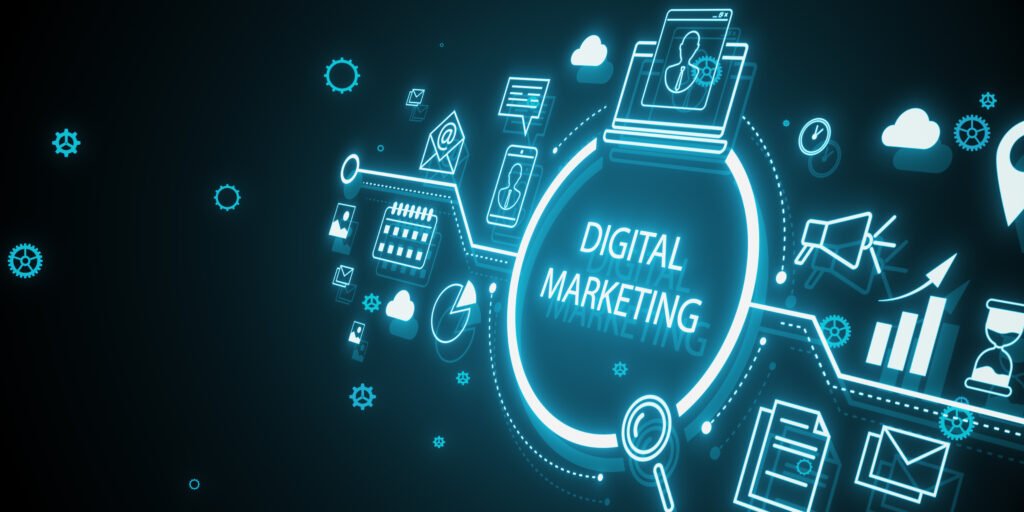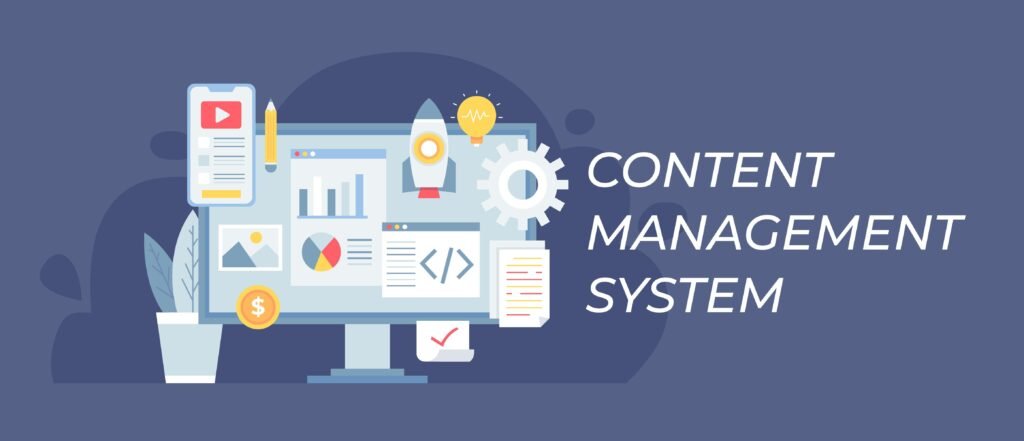New Rules of Social Media Marketing in 2025
New Rules of Social Media Marketing in 2025 INTRODUCTION The social media marketing landscape is changing rapidly. What worked a few years back is not the guarantee of success anymore. With 2025 looming on the horizon, marketers must adopt the New Rules of Social Media in order to thrive in connecting with audiences, building trust, and providing measurable results. The following are the rules driven by technology innovation, changing user behaviors, and the general shift towards privacy and authenticity. This full guide covers the most important trends, strategies, and best practices that inform social media marketing in 2025. As either an old or new marketer, business owner, or anyone looking to update their digital presence, it is critically important that you are familiar with these new rules in order to stay relevant. Why the New Rules of Social Media Matter in 2025 Social media platforms have matured from simple networking spaces to very powerful marketing spaces. There are over 4.9 billion people using social media around the world, and social media is where customers engage with brands — but the battlefield is crowded and in a state of perpetual change. The New Rules of Social Media take into consideration: Increasing pressure from consumers for data ownership and privacy. Rising application of AI and automation in delivery and targeting of content. A move towards authentic, values-driven brand dialogue. Algorithm changes that reward meaningful engagement over reach. Any who ignore these new rules risk becoming disconnected, losing audience trust, and losing share. Others who comply with these new dynamics are ready for 2025 and beyond success. 1. Privacy and Data Protection Are Non-Negotiable Consumers are fully aware of their digital footprints and expect brands to stay out of their way. The Rules of Social Media in 2025 are: Migrating away from third-party cookies to first-party data. Using consent management platforms (CMPs) to get explicit consents. Being transparent in clearly communicating data usage policies. Following privacy-by-design for every marketing activity. This revolution demands marketers to tread the tight rope of personalization and privacy, winning users’ trust through transparency and integrity. 2. Artificial Intelligence: The New Marketing Superpower Artificial Intelligence (AI) is here—it’s a core part of social media marketing. Thanks to the New Rules of Social Media, AI is used to: Learn about user behavior and passions to create super-targeted campaigns. Automate content such as captions, hashtags, and even images. Post at optimal times based on engagement metrics. Power chatbots for real-time customer support and lead generation. Marketers who use AI effectively can provide bespoke, timely experiences at scale while saving time and boosting ROI. 3. Authenticity Is the New Currency Consumers now require real connections. Highly produced or sales-focused content is becoming unpopular. According to the New Rules of Social Media, brands must: Post real stories behind employees and the brand. Be open about products, processes, and setbacks. Engage with user-generated content (UGC) and invite customer voices. Show commitment to social and environmental causes. Authenticity develops emotional bonds, creating loyalty and advocacy. 4. Video Content Reigns Supreme — Particularly Short-Form Video content remains a top engagement performer. But New Rules of Social Media highlight short, punchy, and engaging videos. TikTok, Instagram Reels, and YouTube Shorts are revolutionizing content consumption with: Short tutorials. Behind-the-scenes footage. Influencer partnerships. Polls and Q&A sessions. Brands must create video content that is optimized for platform norms and user passions to get the greatest reach. 5. Social Commerce Becomes Mainstream Incorporating e-commerce within social sites is one of the biggest shifts in 2025. According to the New Rules of Social Media, brands must: Use live shopping events to showcase products live. Use augmented reality to allow users to try products virtually. Make frictionless checkout a default part of the social app. Social commerce turns engagement into sales in real time, reducing friction along the buyer’s journey. 6. Micro and Nano Influencers for Enhanced Credibility Influencer marketing moves away from celebrities and turns towards micro (10K–100K followers) and nano influencers (1K–10K followers). As per the New Rules of Social Media: Micro-influencers offer more engagement rates. They create specialized niche communities who accept their suggestions. Collaborations will be affordable and authentic. Long-term relationships build lasting brand affection. Brands must invest in relevance-led influencer programs instead of follower mass. 7. Experiential with AR and VR Augmented Reality (AR) and Virtual Reality (VR) are revolutionizing how consumers interact with brands. The New Rules of Social Media say: Instagram and Snapchat’s AR filters engage users creatively. VR enables brand experiences, virtual tours, and events. These technologies deepen emotional connections and enhance memorability. Early adoption of immersive technology positions brands as the innovators. 8. Real-Time Engagement and Active Listening The New Rules of Social Media esteem real-time engagement and active listening. Thanks to social listening tools, brands can: Listen to mentions and sentiment about their brand. respond promptly to questions and complaints. Discover what’s trending to engage in relevant conversations. Gather feedback to improve products and messaging. 9. Cross-Platform Strategy and Consistency People interact with brands on different platforms on a daily basis. New Rules of Social Media call for: Content designed to align with platform-specific behaviors. Integrated campaigns that link social media to email, sites, and offline media. Cross-platform harmony helps reinforce brand identity and increases overall effectiveness. 10. Prioritize Sustainability and Ethical Marketing Customers are increasingly opting for brands that are social and environmentally responsible. As part of the New Rules of Social Media Brands must share sustainability efforts openly. Don’t greenwash and back up claims with facts. Back causes that are important to their community and industry. Teach customers about responsible consumption. This builds trust and attracts purpose-driven shoppers. 11. Navigating Evolving Algorithms and Paid Media Social media algorithms keep changing their priorities to user experience. The New Rules of Social Media teach that: Organic reach is insufficient on its own. Paid promos must be smart and data-informed. Continuous testing increases campaign performance. Marketers need to stay up-to-date with algorithm changes in order to optimize budgets. Conclusion As we move








